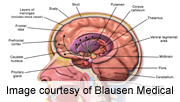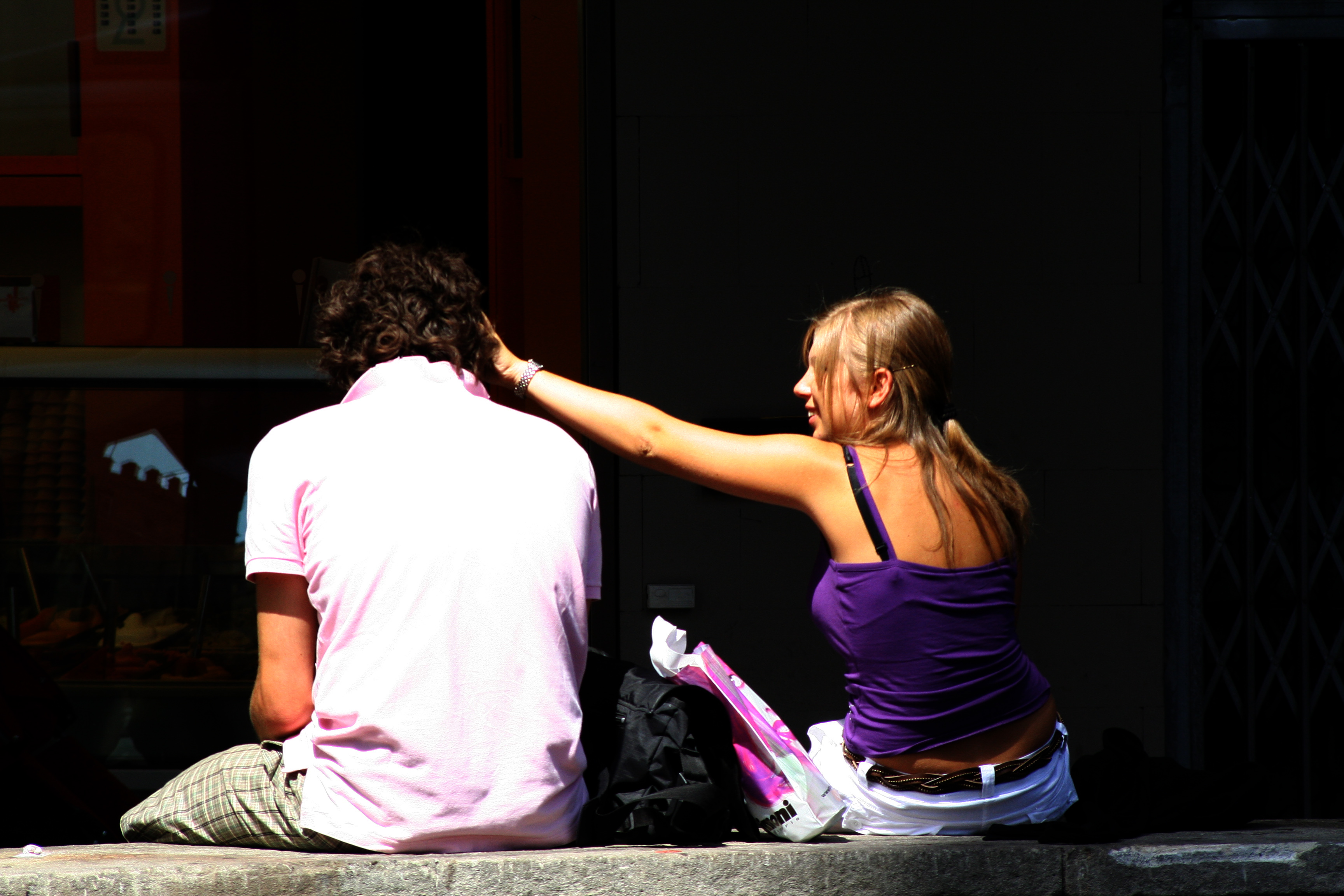
FRIDAY, June 22 (HealthDay News) — Love and sexual desire activate different but related areas of the brain, according to a new study.
Researchers analyzed data from 20 studies that monitored brain activity in people while engaged in activities such as viewing erotic pictures or photographs of their romantic partners.
This meta-analysis led to a map of love and desire in the brain, which shows that two structures called the insula and the striatum are involved in the progression from sexual desire to love.
“No one has ever put these two together to see the patterns of activation,” study co-author Jim Pfaus, professor of psychology at Concordia University in Montreal, said in a university news release. “We didn’t know what to expect — the two could have ended up being completely separate. It turns out that love and desire activate specific but related areas in the brain.”
The researchers found that love and sexual desire activate different areas of the striatum. The area activated by sexual desire is the same one that is activated by pleasurable activities such as sex or food. The area activated by love is where things associated with reward or pleasure are given a value.
The area activated by love also is associated with drug addiction, the researchers said.
“Love is actually a habit that is formed from sexual desire as desire is rewarded,” Pfaus explained. “It works the same way in the brain as when people become addicted to drugs.”
He also noted that love activates pathways in the brain involved in monogamy and pair bonding, and added that some areas in the brain are less active when people feel love than when they feel desire.
“While sexual desire has a very specific goal, love is more abstract and complex,” Pfaus said. “It’s less dependent on the physical presence of someone else.”
The study conclusions should be considered preliminary until published in a peer-reviewed medical journal.
More information
Your Amazing Brain has more about the science of love.

